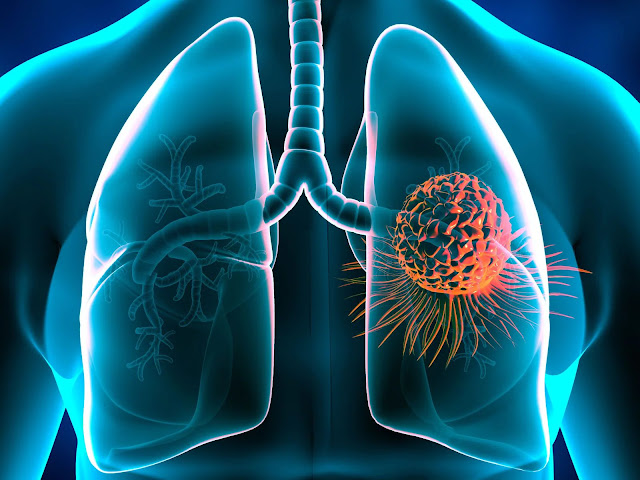Lung Cancer Therapeutics Market Report- Trends within the Technological and Competitive Landscape
A malignant lung tumour known as lung cancer is defined by the unchecked proliferation and development of lung cells. With growing tumour growth, the lungs' capacity to deliver oxygen to the bloodstream declines. Small cell and non-small cell lung cancers are two types of lung carcinoma that are derived from epithelial cells. The highest mortality rate in the world is due to lung cancer, with smoking tobacco and asbestos exposure being the main causes. Chest pain, weight loss, coughing, and bodily mucous are some of the main signs and symptoms of lung cancer. The most popular lung cancer therapies are chemotherapy, immunotherapy, vaccinations, and radiation therapy.
The World Health Organization estimated in 2017 that 1.8 million new instances of lung cancer were detected globally in 2012, making it one of the major causes of illness and mortality. The main drivers propelling the market's expansion are the introduction of novel radiation therapy, expensive medications, and an increase in non-small cell lung cancer (NSCLC) cases. The Lung Cancer Therapeutics Market is anticipated to benefit from the increased demand for targeted therapies throughout the anticipated time frame. The proteins, cells, and tissues that are specific to cancer and promote its survival and division are the targets of targeted therapies, which stop the growth without harming healthy cells.
Additionally, they have been shown to be more effective than traditional treatments including platinum-based chemotherapy, surgical removal, and radiation therapy. The government is expanding its diagnostic capabilities, unhealthy lifestyles are on the rise, and pollution levels are rising as a result of fast industrialisation. These are the key reasons propelling the worldwide Lung Cancer Therapeutics Market. Targeted therapy, a revolutionary treatment, is anticipated to have a favourable effect on the market.
The rising incidence of lung cancer, the growing geriatric population, and high smoking rates that result in an increase in lung carcinoma populations are all contributing factors to the rising demand in North America. Due to increased public awareness of the need for better health care, government support, and the existence of medical needs for the Lung Cancer Therapeutics Market in the expanding economies of China and India, Asia Pacific is predicted to experience a faster growth rate throughout the projection period.




Comments
Post a Comment